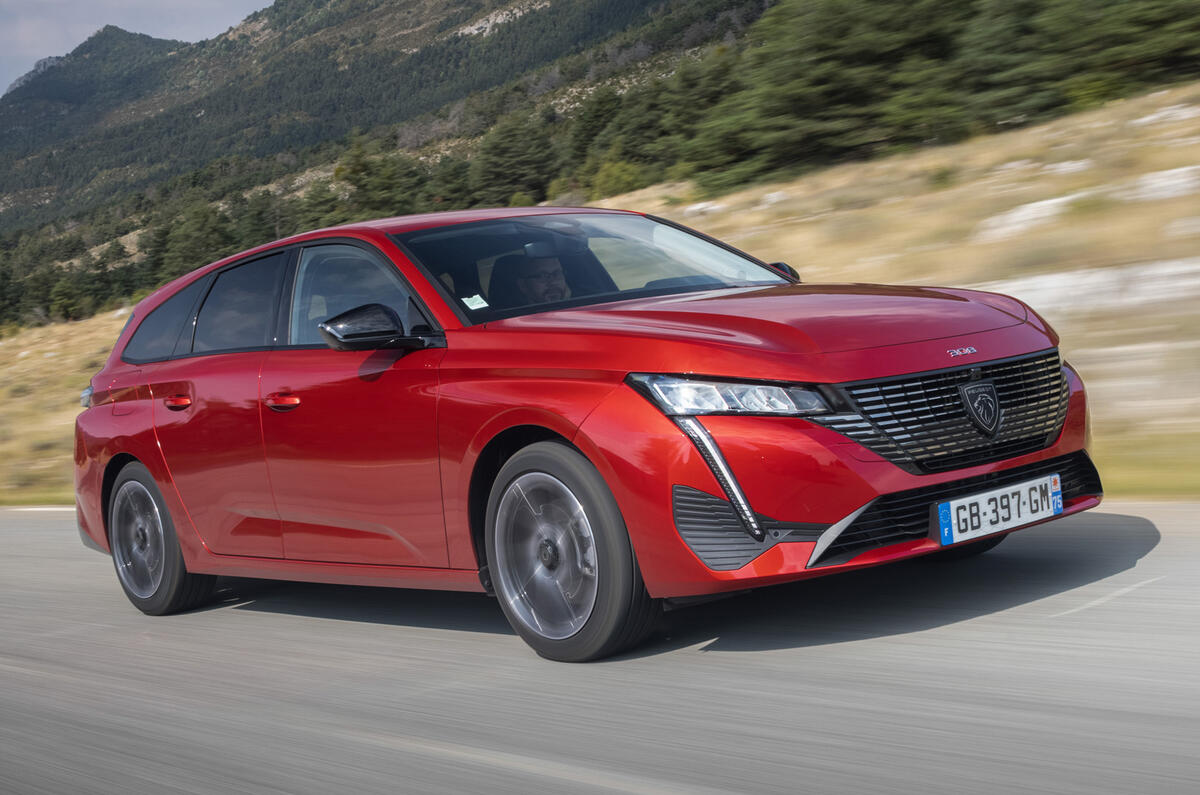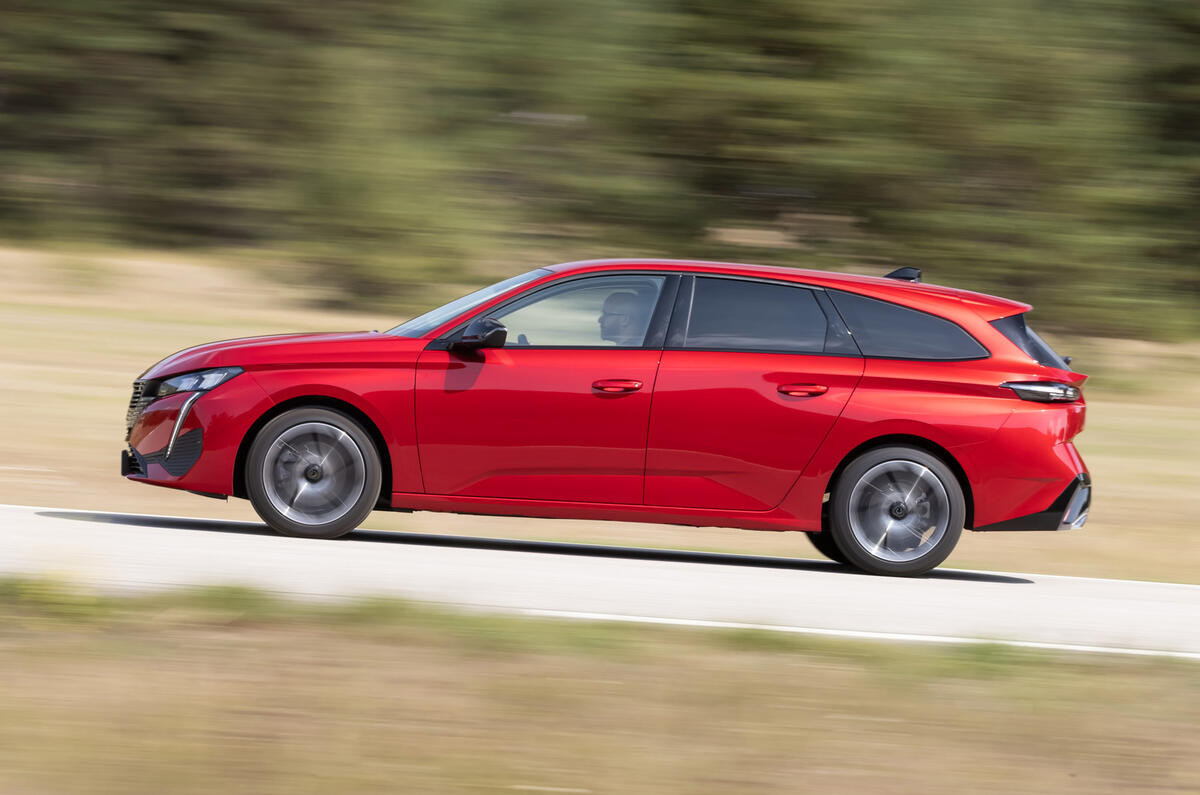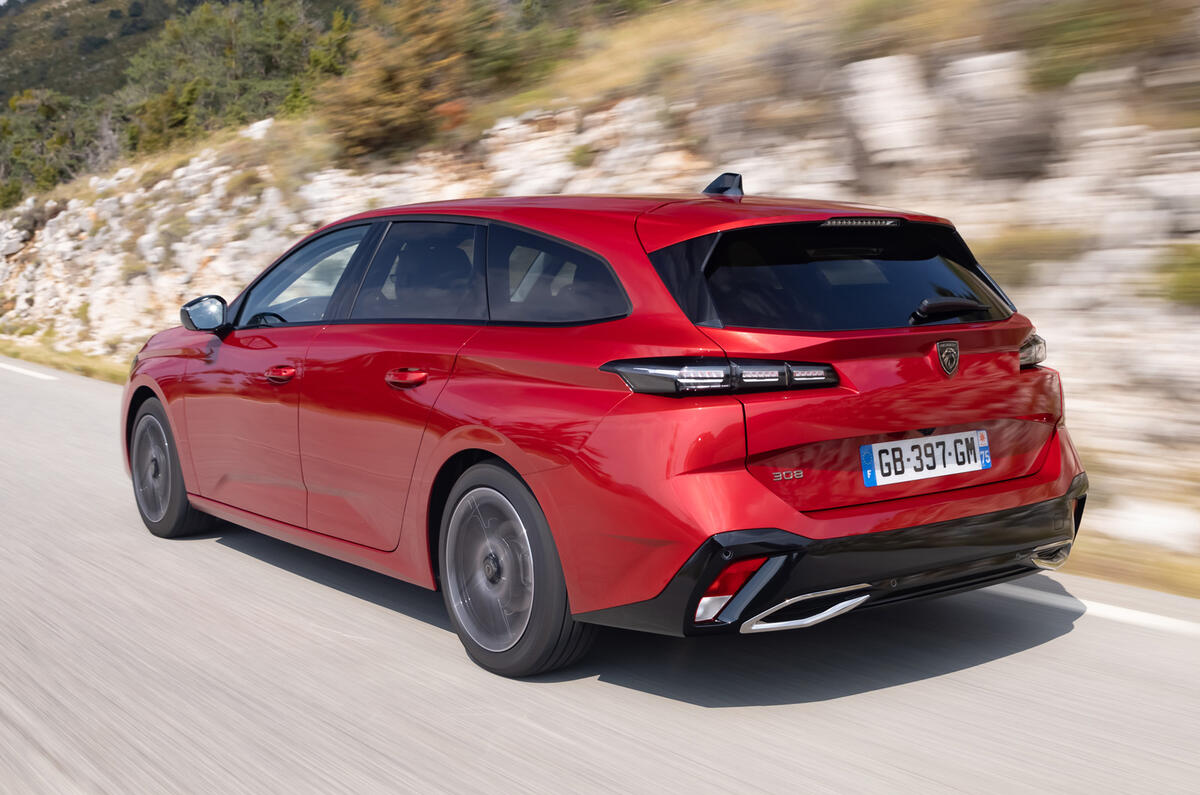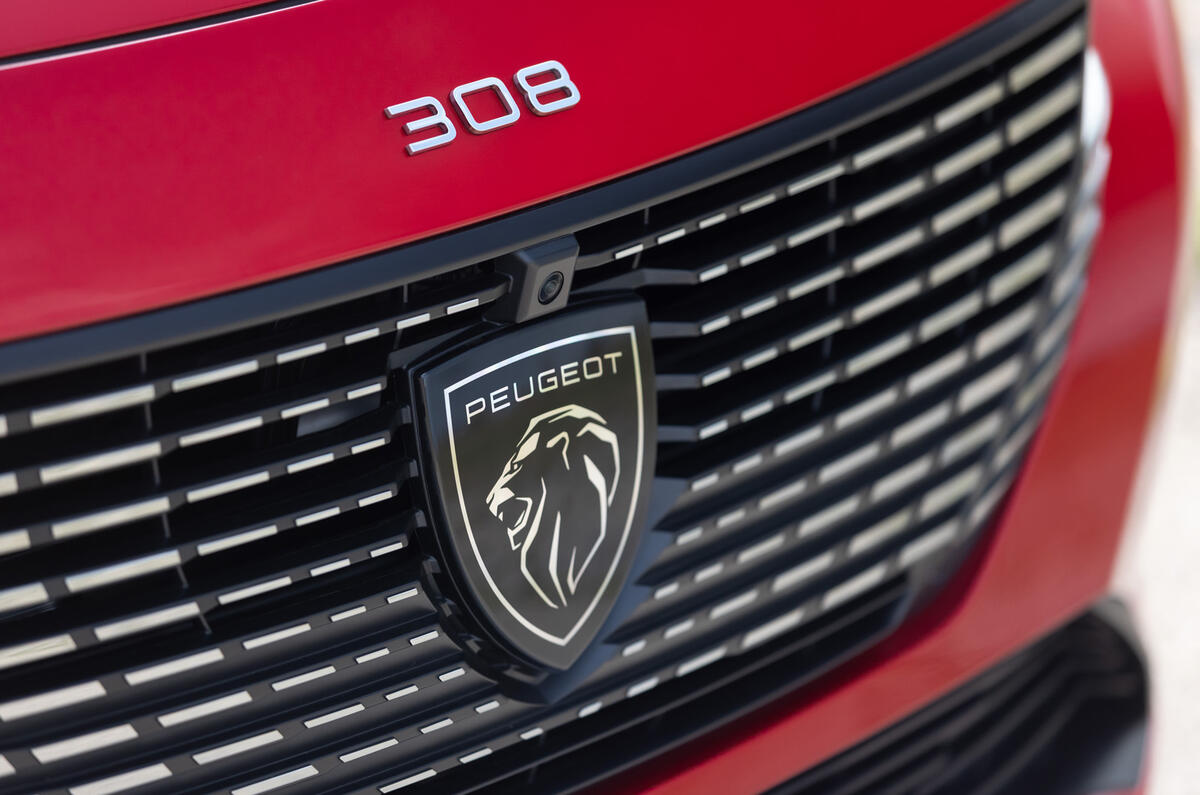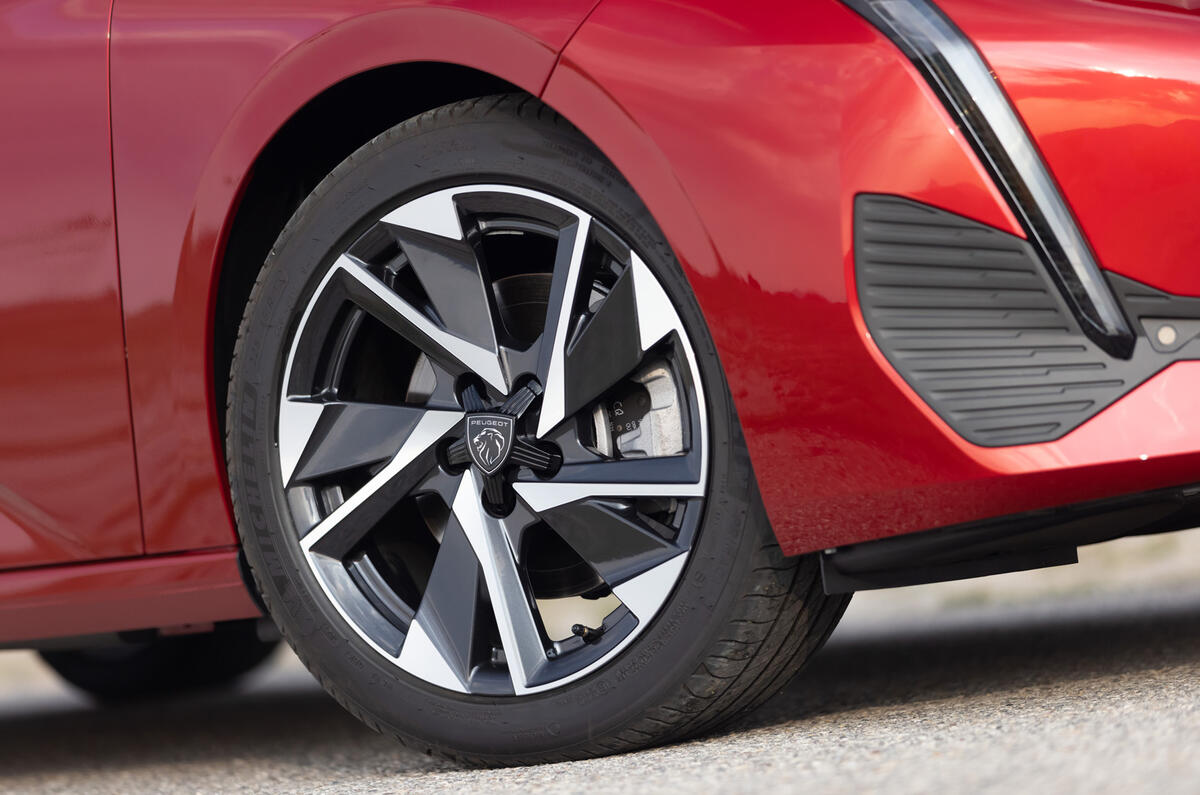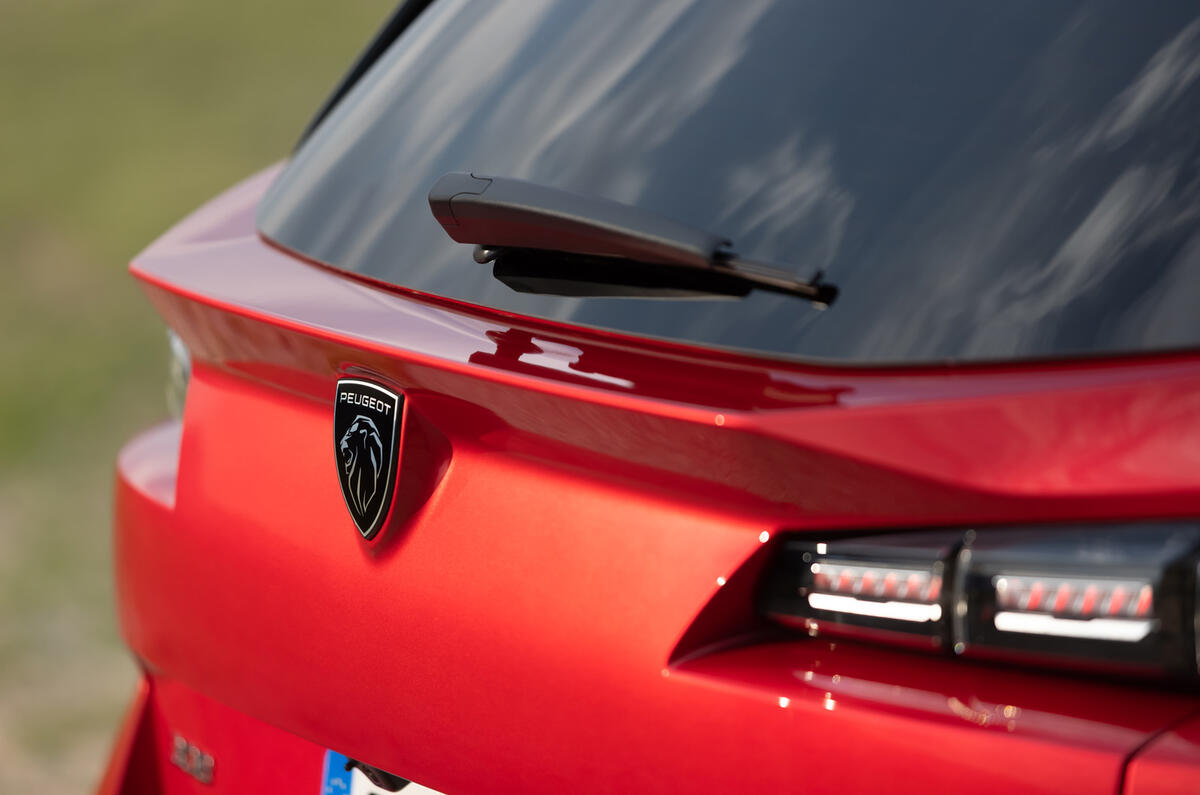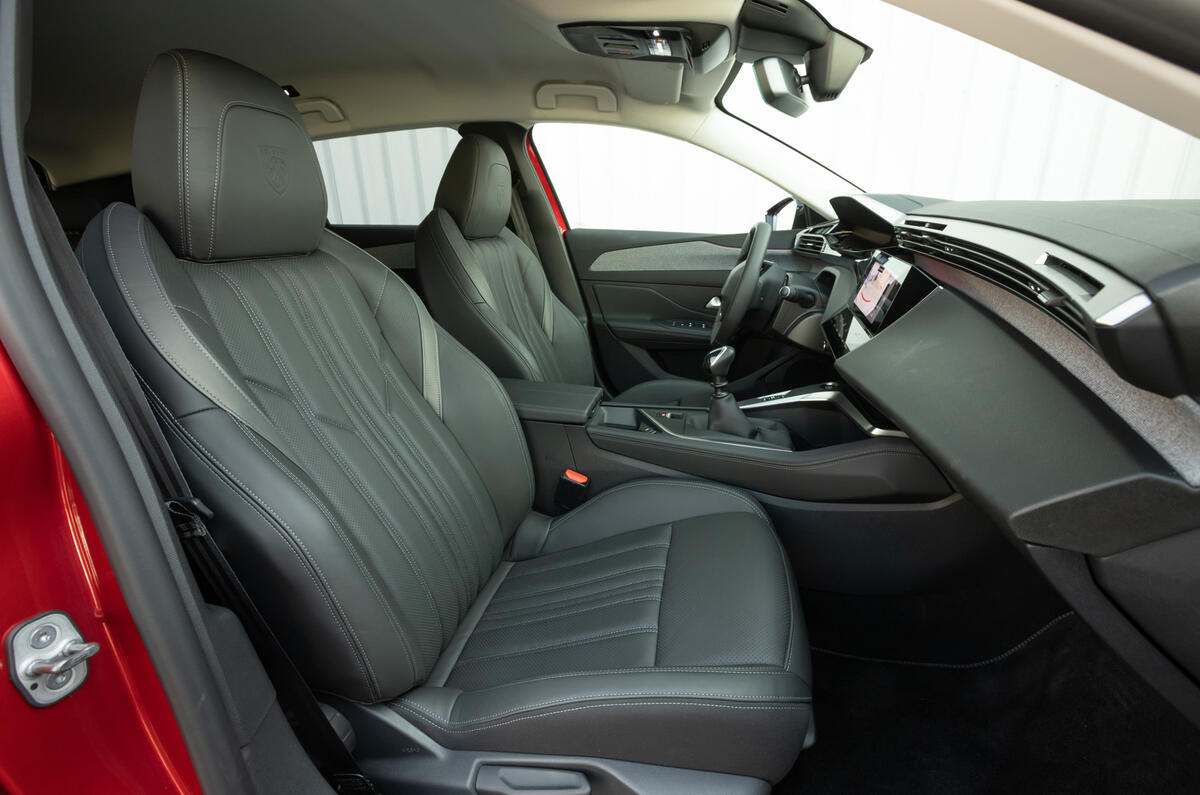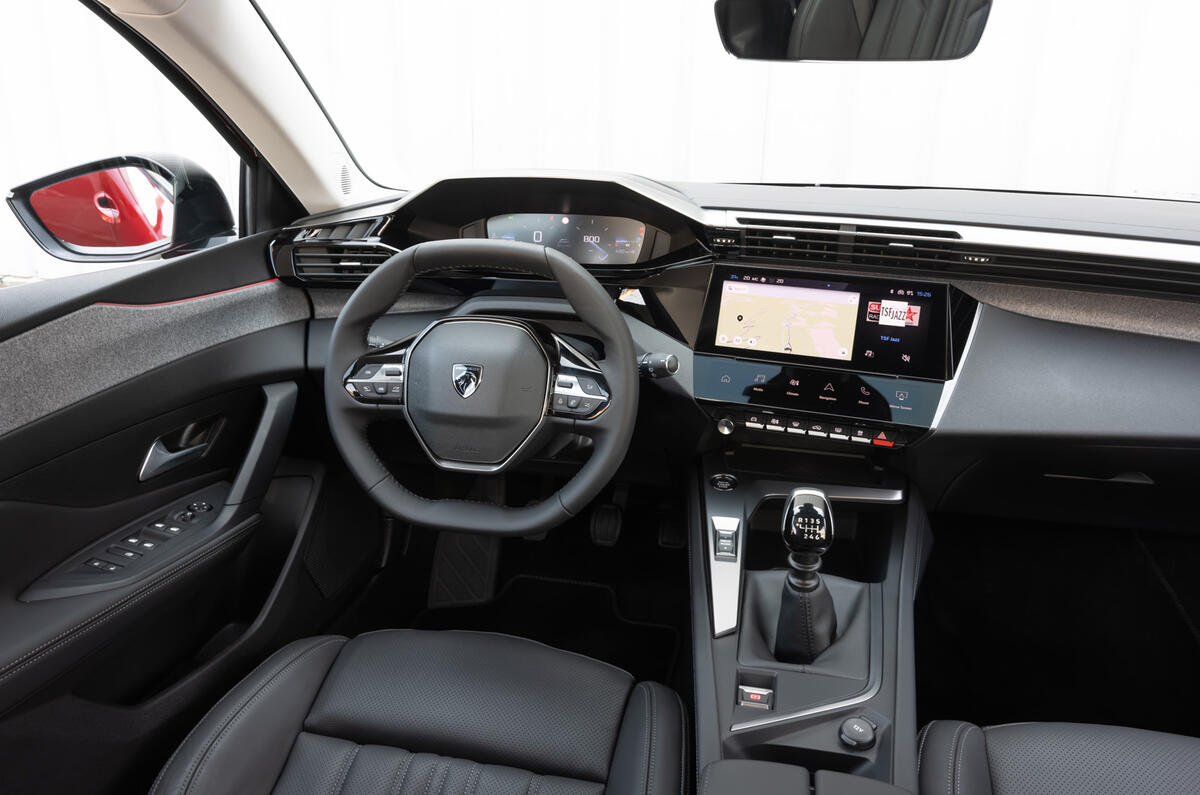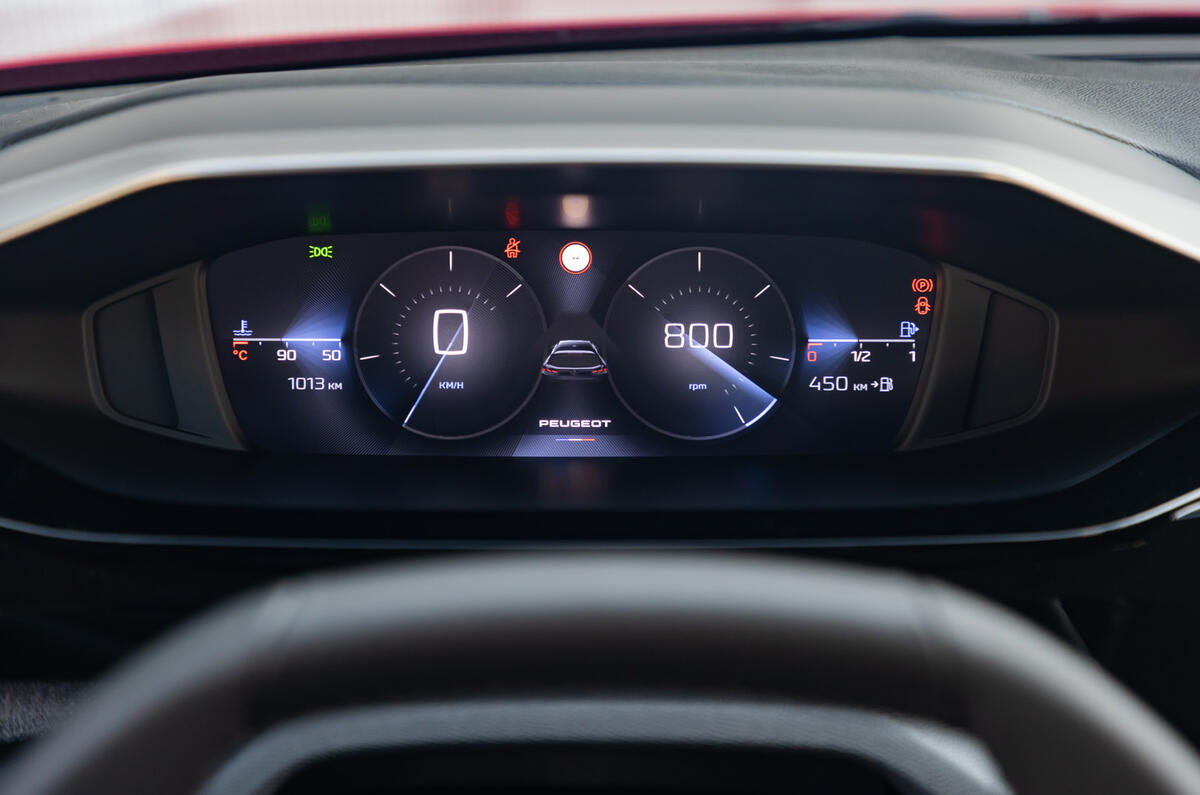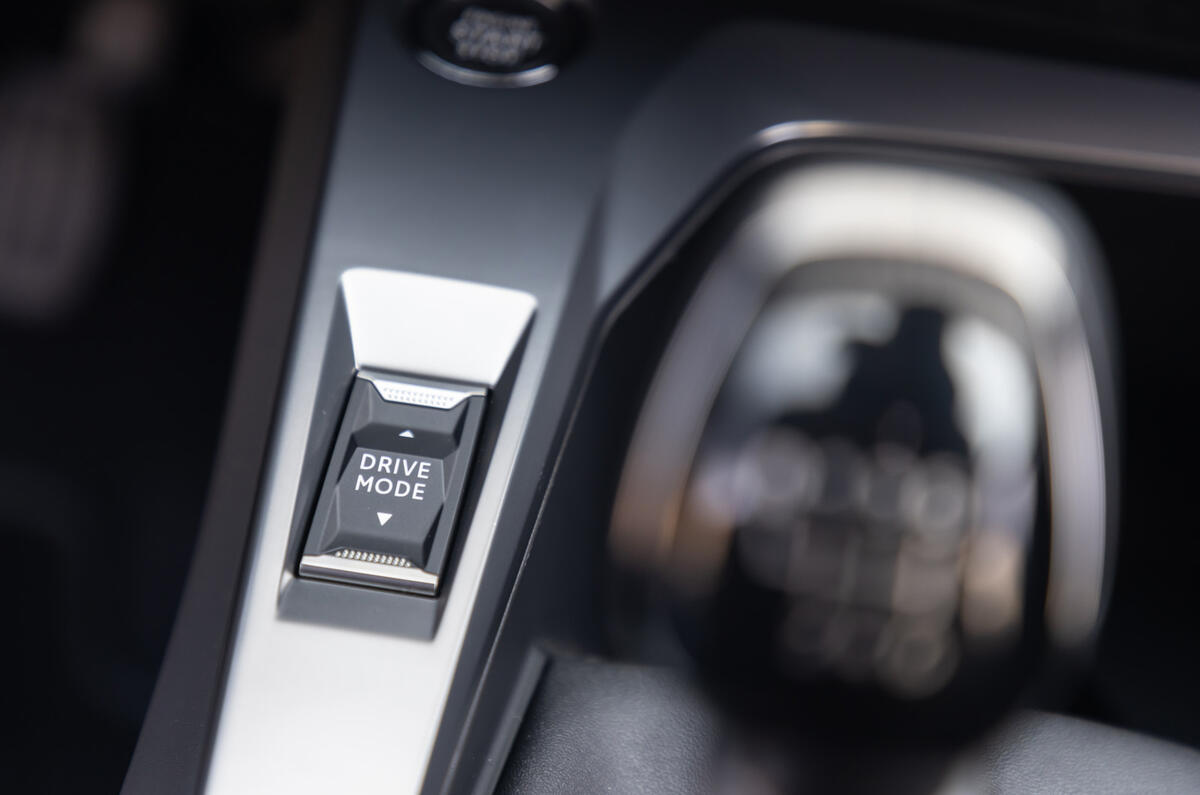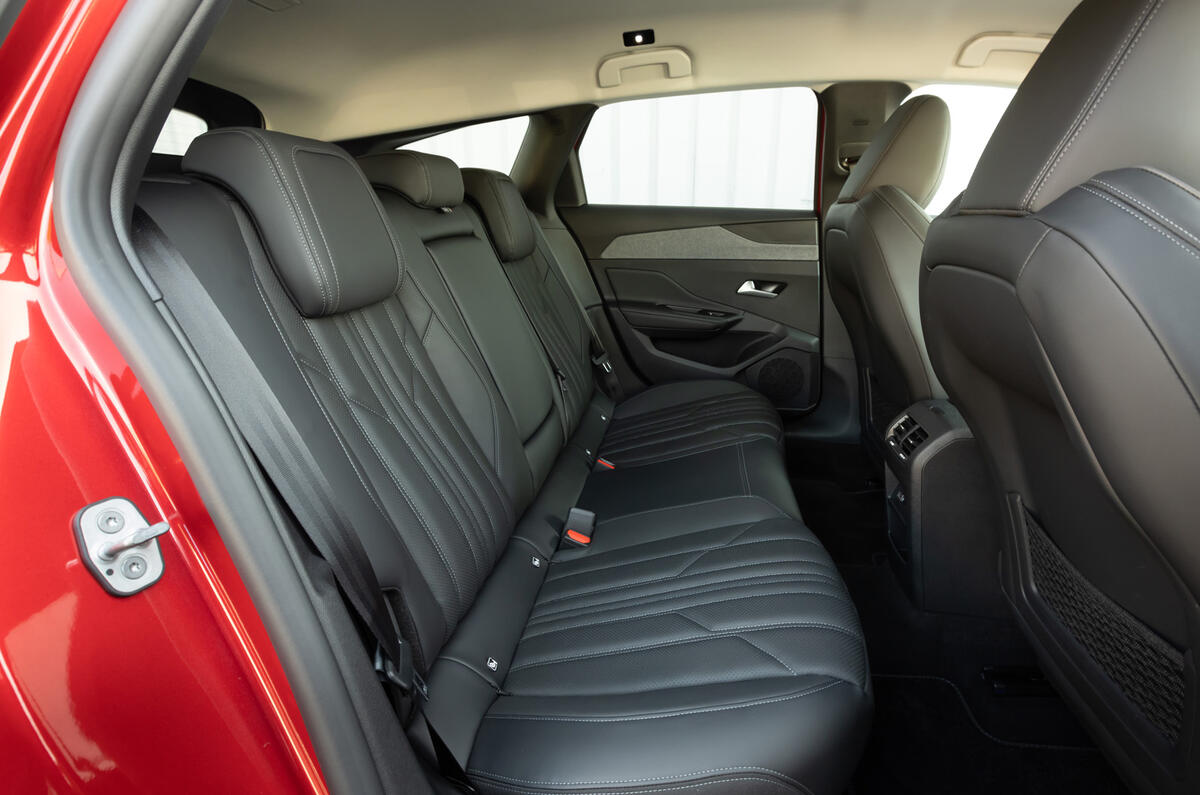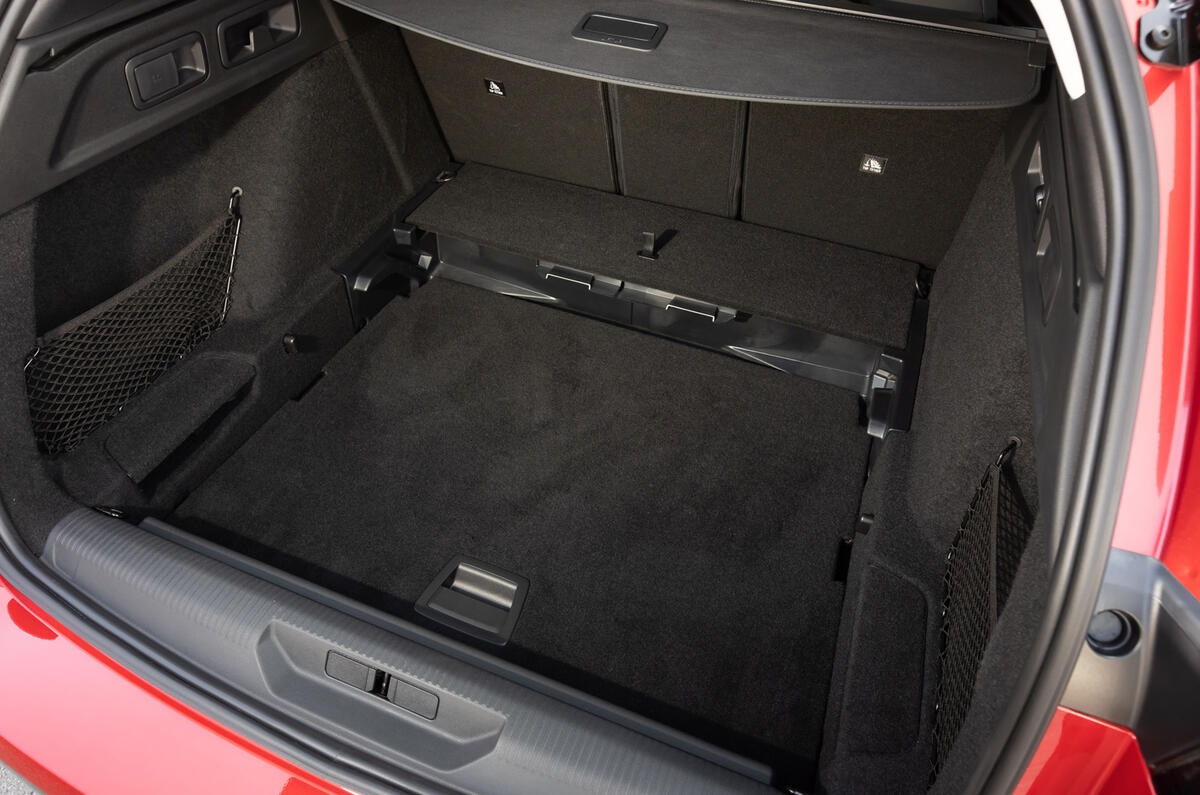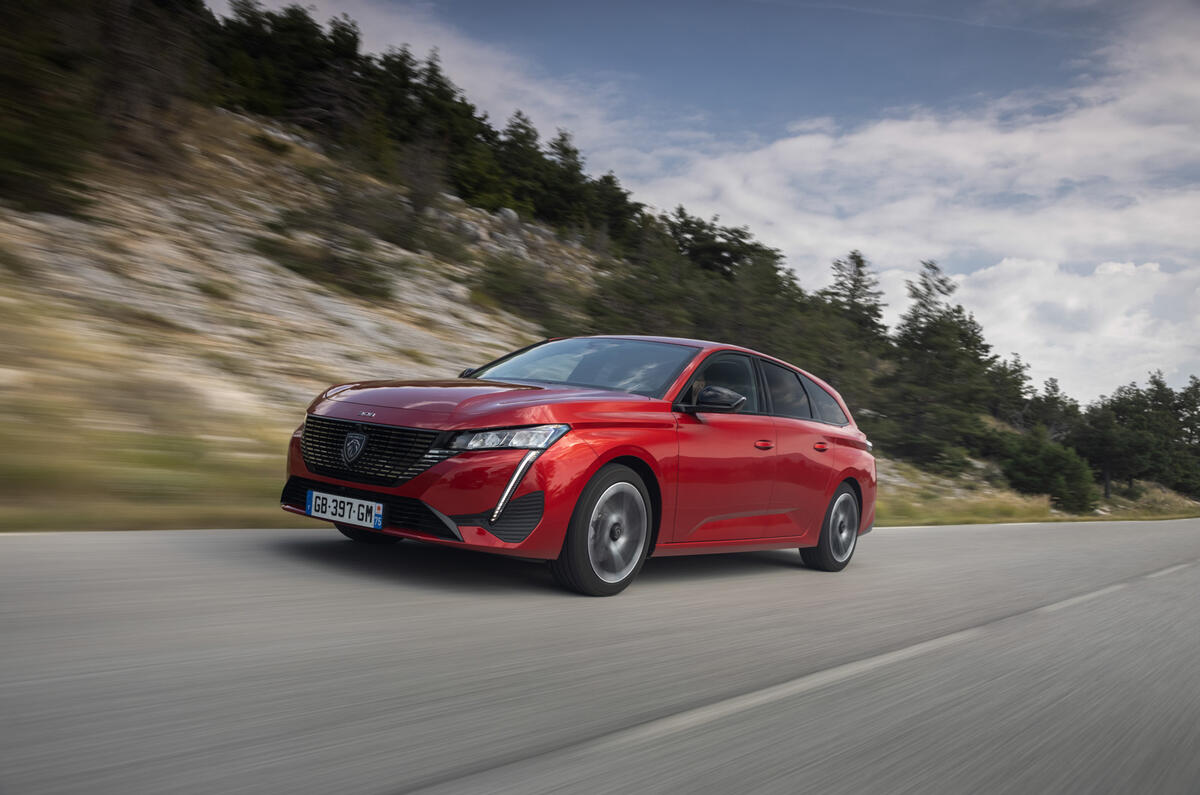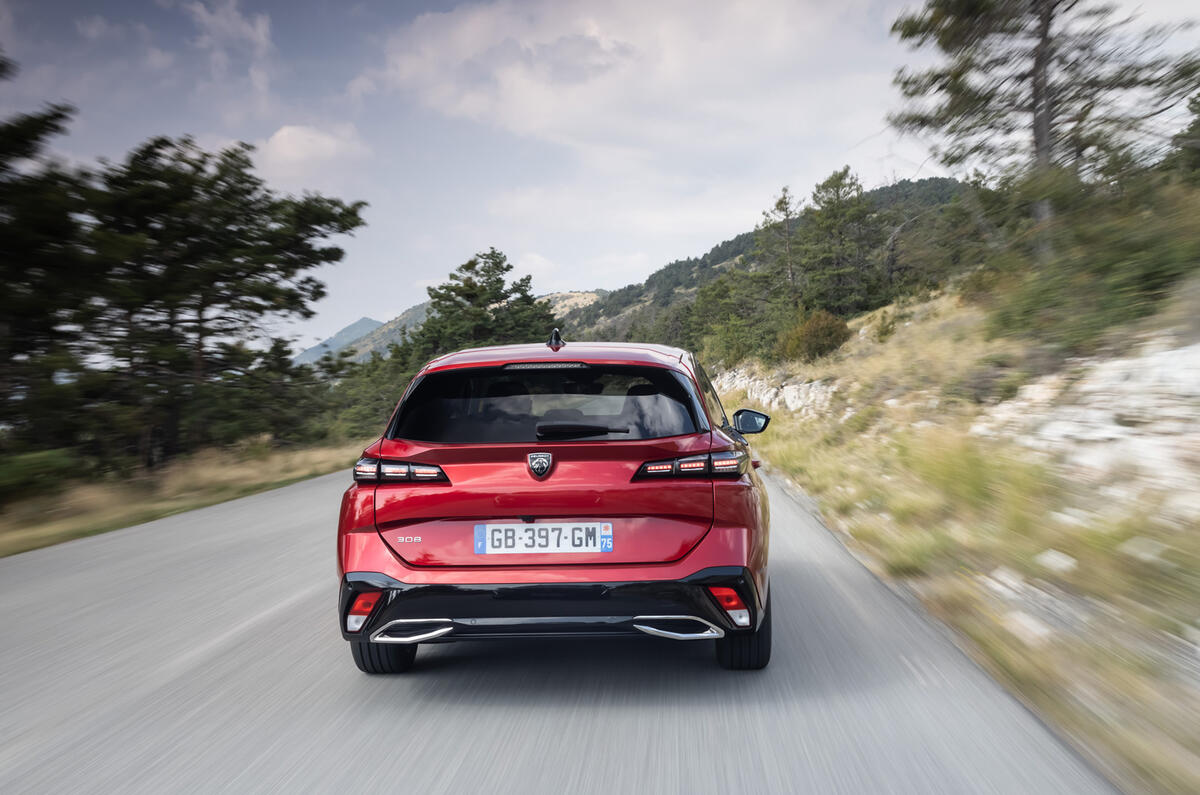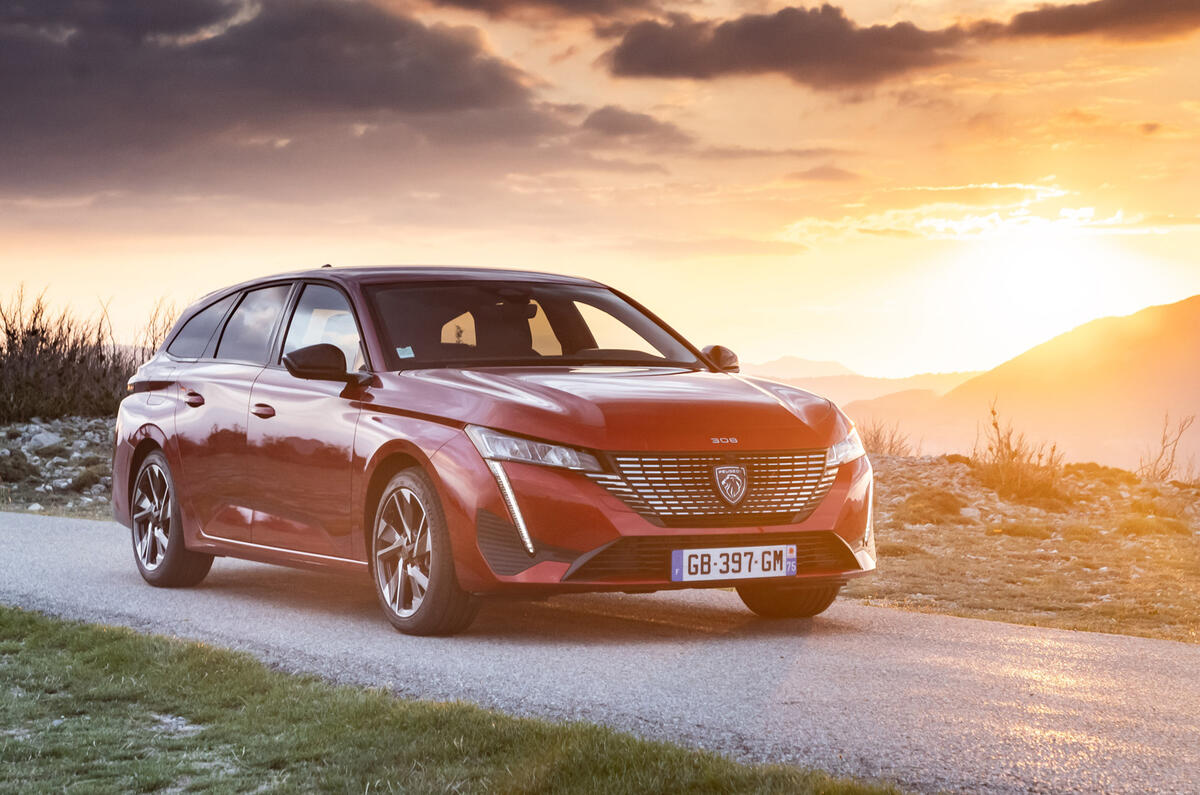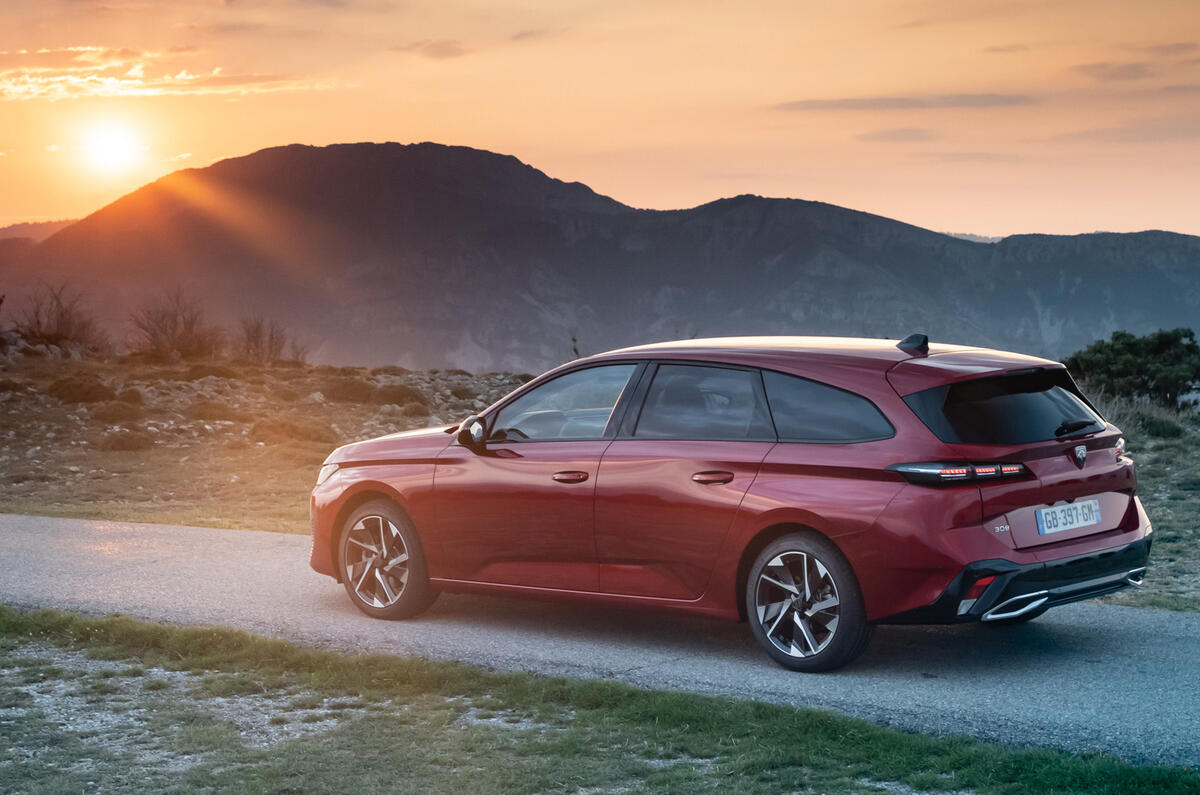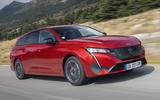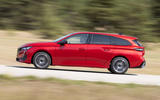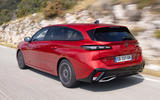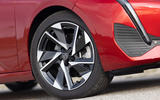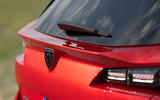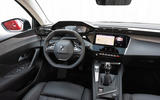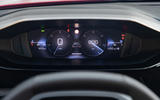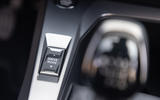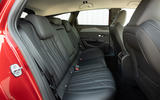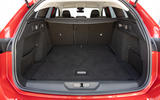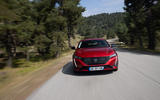While some car firms are predicting the demise of the estate, Peugeot seems quite fond of them. There’s the sleek 508 SW, and the firm even produces an SW-branded version of its Metropolis scooter (albeit with an extra front wheel, rather than a big boot). So there was no doubt the new 308 hatch would gain an SW variant.
Actually, Peugeot would prefer you didn’t use the term variant: it has pushed to give the SW its own identity, with a completely separate, and really very elegant, rear design from the C-pillar back.
Stretching the car by 269mm (the wheelbase is 57mm longer) has allowed Peugeot to increase the rear load bed to 1026mm, with a capacity of 608 litres with the petrol engine tested here (the PHEV version’s boot is 548 litres). With the seats folder, capacity is 1634 litres. That’s competitive with the estate versions of the Volkswagen Golf and Skoda Octavia.
As with the hatch, the 508 SW is offered with petrol, diesel and plug-in hybrid powertrains. Even with the entry-level PureTech petrol engine tested here, it offers a comfortable drive. The engine is generally smooth and quiet, only becoming a little whiny if you really attack the throttle pedal. The eight-speed automatic gearbox does a good job of picking the right gear, and there are only rare occasions when you’ll find yourself wanting a little more torque and acceleration.
The extended wheelbase and extra size doesn’t much dampen the enjoyable handling offered by the hatch version. There’s a little reduction in dynamism, but in turn the ride is perhaps a little more comfortable, which seems like a fair trade-off. It’s certainly competitive in the C-segment estate market.


